Iceland’s remarkable reaction to the coronavirus pandemic has garnered praise from around the world. With a rigorous testing regime, the country has enjoyed a low rate of infection without the need for strict lockdowns seen elsewhere in Europe. Tourism is the biggest money-maker in Iceland nowadays, and in a bid to help the suffering economy, the island has opened its doors to vaccinated travellers, those with a certificate of previous infection and visitors who can present a negative PCR test taken no more than 72 hours before departure.
Almost two million tourists visited Iceland in 2019, so there’s an opportunity to enjoy the magnetic country this summer without its regular crowds. But just to be sure, stay away from the well-worn tourist sights and instead check out these little-visited locations, attractions and activities.
Adventure into the Icelandic Highlands
For feelings of desolate, windswept isolation, nothing quite beats the Icelandic Highlands. This central region is a veritable no-man’s land, filled with Iceland’s most dramatic and awe-inspiring landscapes. Early settlers found the region uninhabitable, chased back down towards the coast by the threat of snarling snowstorms year-round. Since then, it has been left mostly untouched; pristine geothermal oases, immense glaciers and desolate Arctic desert all sit side by side. For those looking for true adventure, there’s nowhere better.
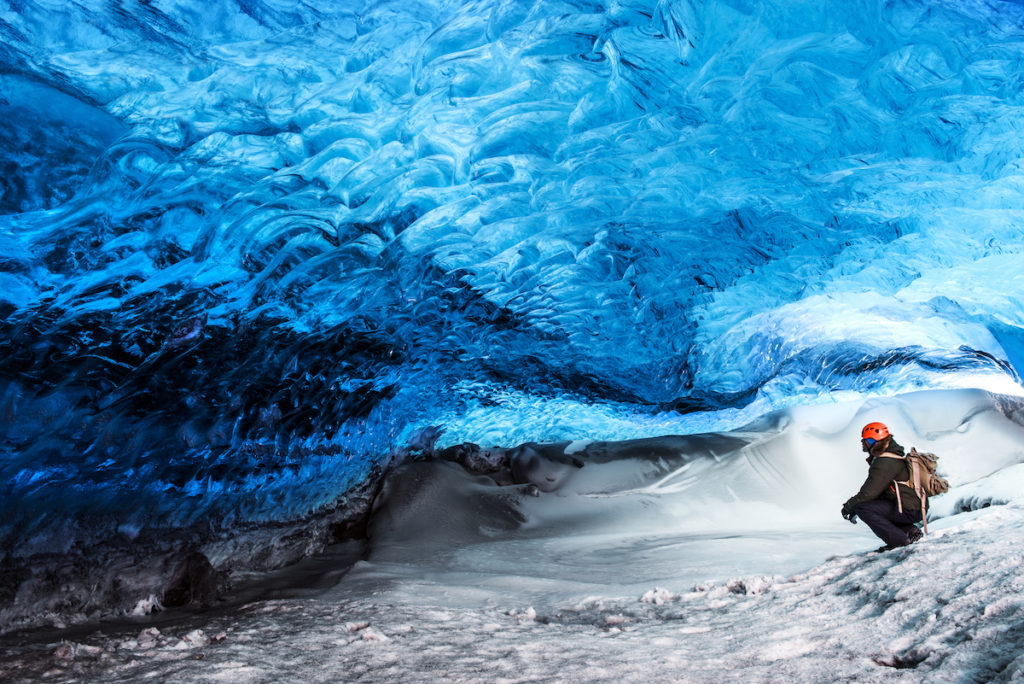
The region is accessible only at the height of summer, and only with a 4×4. The rough mountain tracks lead through glacial rivers, skirt mountains and traverse bumpy lava fields. For a gentle introduction, the Kjölur route is ideal. This historic pass was used by northerners travelling to the Alþingi at Thingvellir, winding its way in between the icy giants Langjökull and Hofsjökull. Hveravellir geothermal area and the Kerlingarfjöll mountains both provide easy ways to break up the drive and get in some hikes.
A more challenging route, Sprengisandur, leads northeast past the edges of Vatnajökull and through Arctic desert, emerging near the colourful Lake Mývatn. From here, a short drive east along the ring road leads to the beginning of one of the most challenging highland journeys: the teeth-rattling road heading south towards the desolate Askja volcanic caldera.
Take a road trip along the Arctic Coast Way
Iceland’s newest tourist route, the Arctic Coast Way launched in 2019 in a bid to draw travellers off the ring road and up towards the remote northern coast. Spanning from Hvammstangi in the west to the tiny coastal hamlet of Bakkafjörður in the east, the route takes in 900km of windswept landscapes along Iceland’s northern coast. Those who tackle the route are treated to sweeping black-sand beaches laden with driftwood, towering and craggy sea cliffs teeming with birdlife and desolate stretches of marshes and glacial delta. Holding it all together is a charming set of cosy villages, each with their own approach to life at the edge of the Arctic.
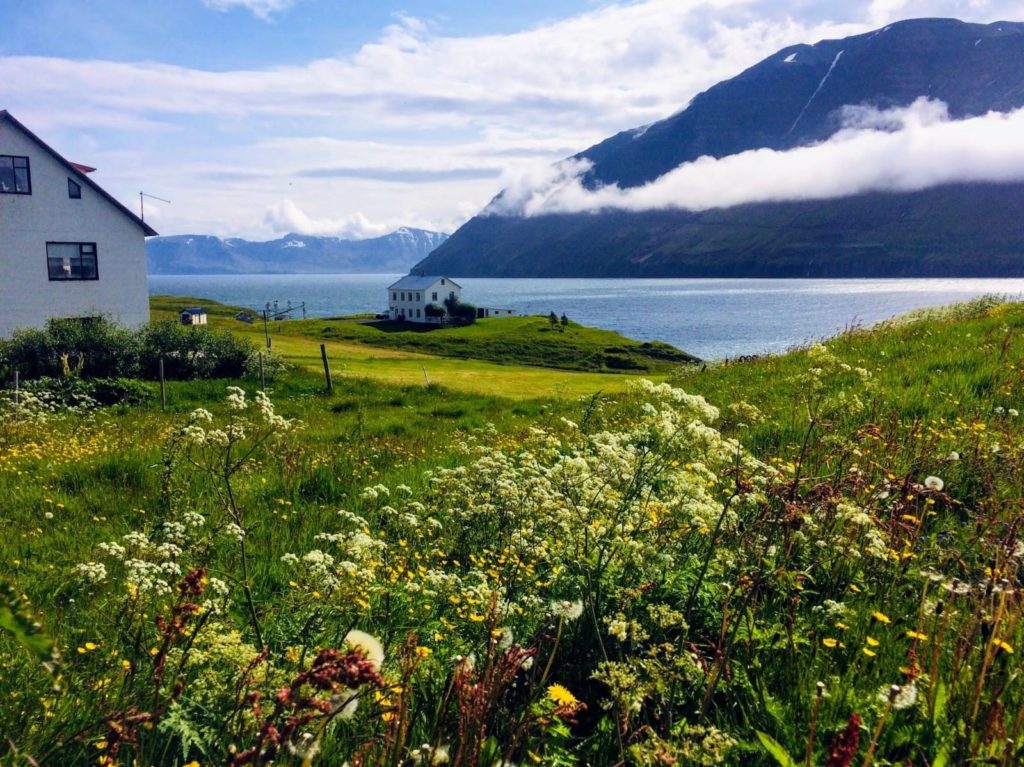
This remote coastal road is great for immersing oneself in the elemental drama of northern Iceland, offering an extra-special something that an average ring-road journey doesn’t quite capture. The route also includes the remote islands that lie off the coast, including Grímsey, the only part of Iceland that edges above the Arctic Circle.
Explore the Westfjords on mountain bike
The fact that the Westfjords is one of Iceland’s least-visited regions is considered a good thing for many travellers. Far away from the ring road, it’s a place of remarkable beauty: towering mountains rise up out of the silent fjords, intricately etched into the coastline; winding rivers snake their way from mountain top to valley, draining into the sea; and dramatic cliffs box in beaches of beautiful golden sand. Sprinkled throughout the area is a handful of villages, full of hardy and independent folk who are fiercely proud of their home.
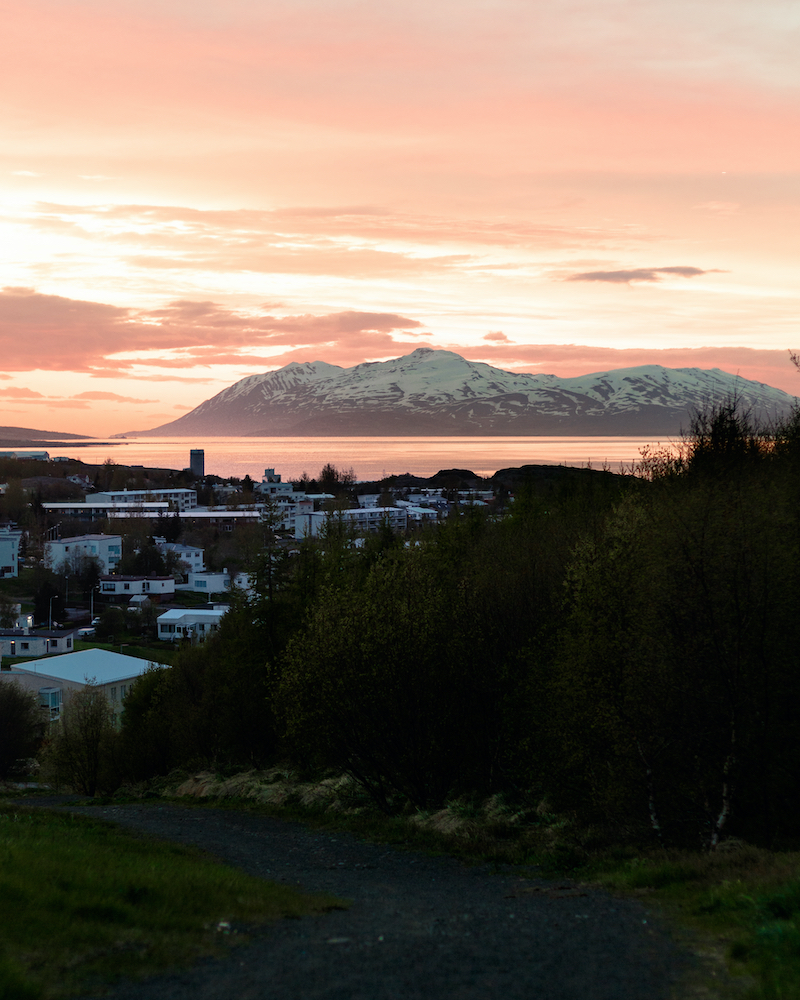
As one of the remotest areas in the country, a distinct lack of vehicles on the road has made it popular with another type of traveller: bike packers. One place stands above the rest when it comes to cycling, and that’s the Svalvogar Circle. This rough track loops around the peninsula from Thingeyri into Arnarfjörður on the other side, and then back towards Thingeyri via the valleys and mountain pass directly behind town. At the top of the pass lies Mt Kaldbakur (998m), the tallest mountain in the Westfjords and a worthy detour – the view from the top is sublime. Bikes can be rented from Simbahöllin, the coffeehouse in town.
Hike the Víknaslóðir Trail in east Iceland
The fact that the famous Laugavegur Trail gets so much attention leaves a lot of other multi-day treks in Iceland tantalisingly empty. And the Víknaslóðir Trail is one such trek. ‘Víknaslóðir’ is the name given to the entire network of trails that covers the East Fjords, so there’s plenty of different sections that can be attempted. One of the most popular is the three-day trail between Borgarfjörður eystri and Seyðisfjörður. Between these two towns is nothing but some uninhabited fjords, a smattering of abandoned farms, weathered churches and some incredible views.
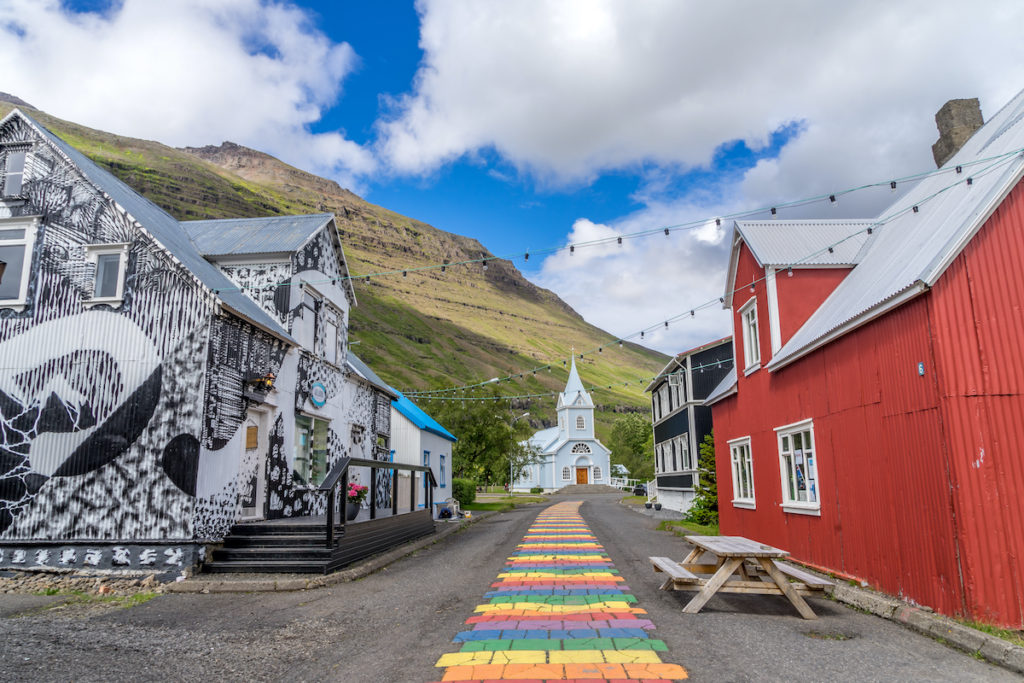
Accommodation along the way is in remote mountain huts, equipped with kitchens and bathrooms. The east also enjoys some of the best weather in the country; watch the rest of Iceland seethe with jealousy at the sunny forecasts during summer while Reykjavík suffers underneath its grey drizzle. Most hikers on the trail will be Icelanders, and maps can be purchased at the information centres in the east.
Get up close with Arctic fox in Hornstrandir
Probably as far away from civilisation as you can get in Europe, Hornstrandir is the northernmost region in the Westfjords. This dedicated nature reserve is a vast and inhospitable wilderness, but a dream destination for hikers and one of the best chances to catch a glimpse of the elusive Arctic fox. Accessible only by boat (or a very, very long hike across land), this region is the place to go to enjoy some real isolation. Adventurous hikers usually spend three or four days in the area, staying at a handful of campsites while taking in the majestic landscapes.
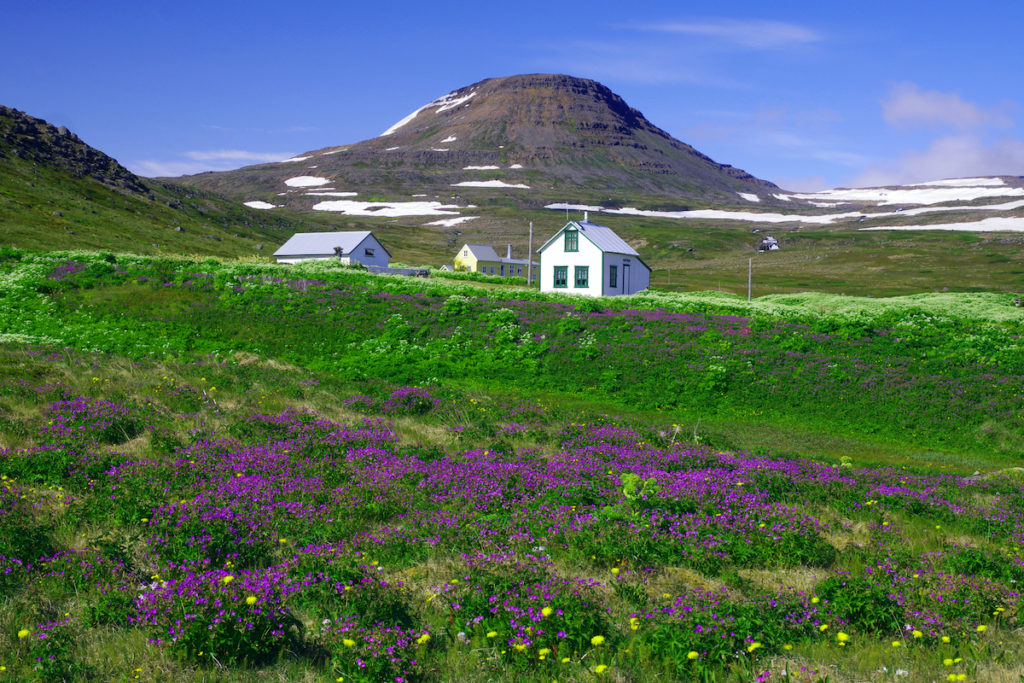
To get to Hornstrandir, one needs to book passage on a boat from Ísafjörður. There are several options for drop-off and pick-up locations. By far the most popular and logistically sound route is to be dropped off in Hesteyri and organise a pick up from the next fjord over, Veiðileysufjörður, several days later. This allows hikers to enjoy the most popular sights in the reserve, including Hornvík Bay and the mammoth Hornbjarg cliffs on the northern coast.
Revel in the Reykjanes Peninsula
There’s a brooding volcanic energy growling just beneath the surface of the Reykjanes Peninsula. This area has long existed in the shadow of its most famous destination, the Blue Lagoon, and it’s a shame that the rest of the peninsula doesn’t get the same attention. To travel Reykjanes is to quickly discover just how different Iceland is from the rest of the world. Expansive moss- laden lava fields meld into barren volcanic ridges, gnarly fissures and ancient craters. Geothermal areas spit, seethe, and bubble, and fierce winds batter whoever dares set out to explore. It’s otherworldly.
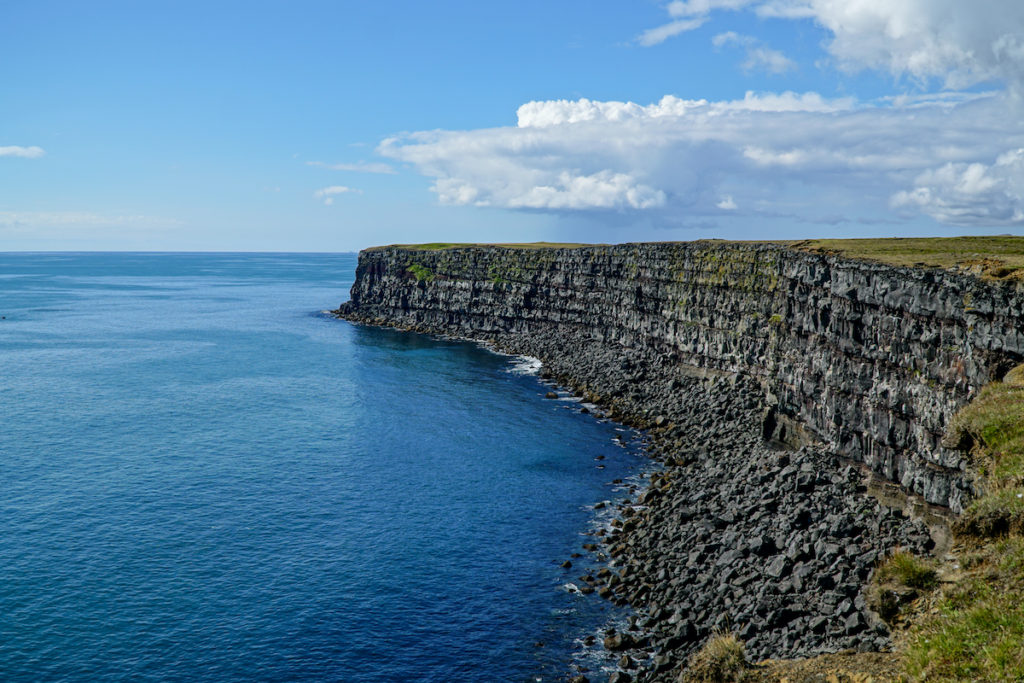
For a day trip from Reykjavík, Reykjanes provides plenty of worthy distractions. Kleifarvatn lake sits pretty within a volcanic fissure, surrounded by crumbling cliffs of lava and shores of black sand. The geothermal areas of Krýsuvík and Gunnuhver showcase the volcanic power just underneath the surface, while thousands of birds swarm over the beautiful Krýsuvíkurberg cliffs. Each of the towns is worth a stop, the restaurants catering to local fishermen with hearty lunch deals of the day’s catch and traditional meat soup.
More information
Discover the best of Iceland with our comprehensive guide: